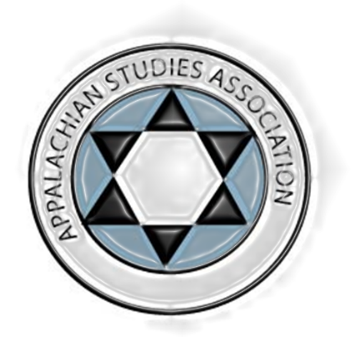Participation Type
Paper
Session Title
Session 4.02 Stereotypes
"The Boy Scouts in the Blue Ridge" Revisited: Dismantling Stereotypes in the Appalachian South
Presentation #1 Abstract or Summary
In the context of primary sources involving the activities of the Boy Scouts of America in northwestern North Carolina since 1912, the lives of boys and their adult Scouting leaders will be detached from stereotype through the use of recent historical scholarship from studies of political economy, race, gender, and sexuality. Under the pen name Herbert Carter, dime novelist St. George Rathborne imagined a troop of Boy Scouts from Connecticut traveling into the mountains of North Carolina in search of the father of one of the troop's members. These fictional Boy Scouts melodramatically mingled with more than one "typical mountaineer" in the pages of "The Boy Scouts in the Blue Ridge" (A. L. Burt Company, New York, 1913) as they hiked through the hills and coves of the Southern mountains. However, before Rathborne imagined them there, Boy Scouts were already present in the rural countryside and in the urban places of the Appalachian South, being "prepared" to deal with life in America's twentieth century.
At-A-Glance Bio- Presenter #1
Ken Badgett played a primary role in the development of the Raven Knob Boy Scout Museum (www.boyscoutmuseum.us) at Camp Raven Knob in Surry County, North Carolina; he has worked to develop and to manage the small museum and its historical collection for more than fifteen years. Ken holds a B.A. in history from Wake Forest University; he completed additional graduate work in Appalachian Studies at Appalachian State University.
"The Boy Scouts in the Blue Ridge" Revisited: Dismantling Stereotypes in the Appalachian South
In the context of primary sources involving the activities of the Boy Scouts of America in northwestern North Carolina since 1912, the lives of boys and their adult Scouting leaders will be detached from stereotype through the use of recent historical scholarship from studies of political economy, race, gender, and sexuality. Under the pen name Herbert Carter, dime novelist St. George Rathborne imagined a troop of Boy Scouts from Connecticut traveling into the mountains of North Carolina in search of the father of one of the troop's members. These fictional Boy Scouts melodramatically mingled with more than one "typical mountaineer" in the pages of "The Boy Scouts in the Blue Ridge" (A. L. Burt Company, New York, 1913) as they hiked through the hills and coves of the Southern mountains. However, before Rathborne imagined them there, Boy Scouts were already present in the rural countryside and in the urban places of the Appalachian South, being "prepared" to deal with life in America's twentieth century.

